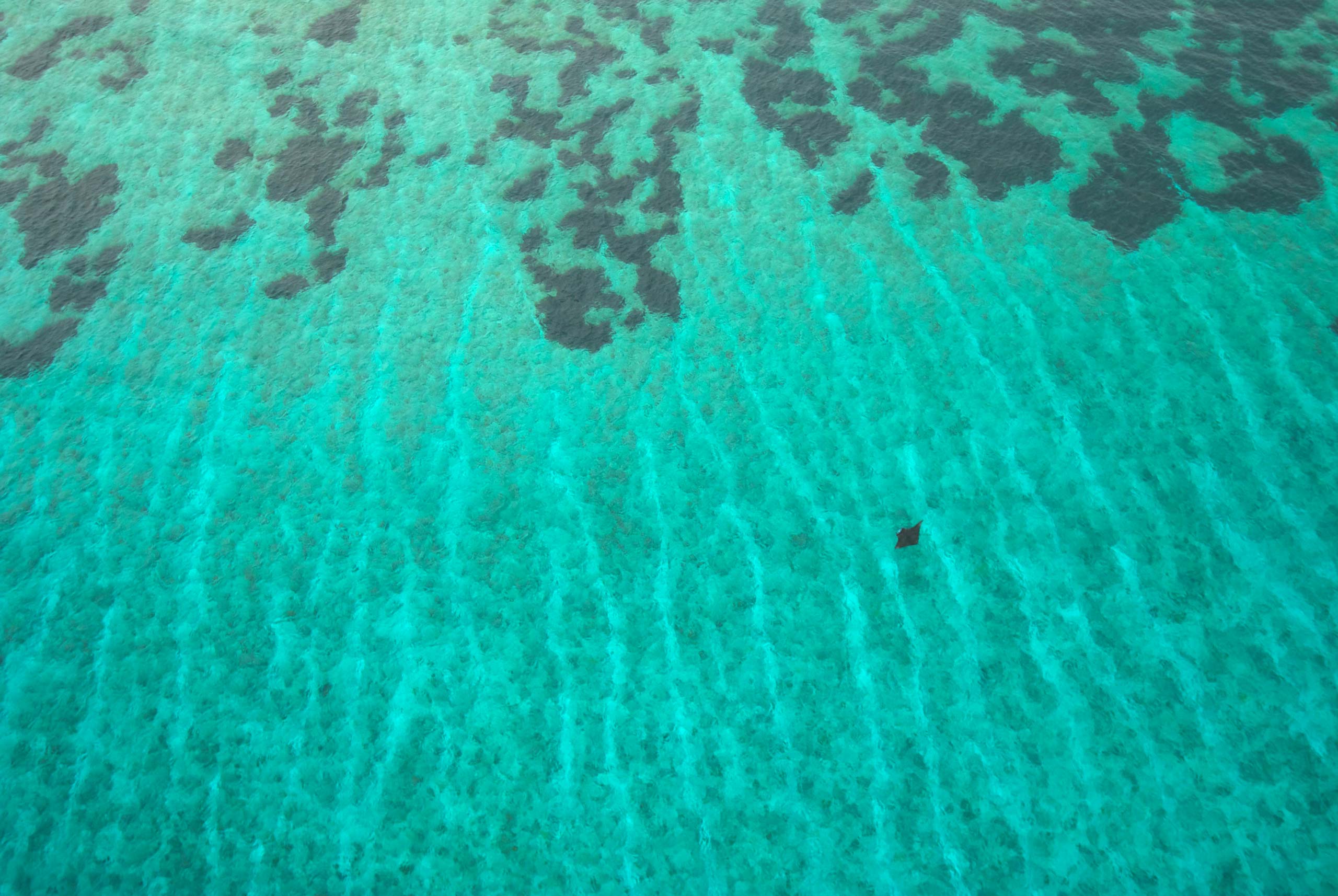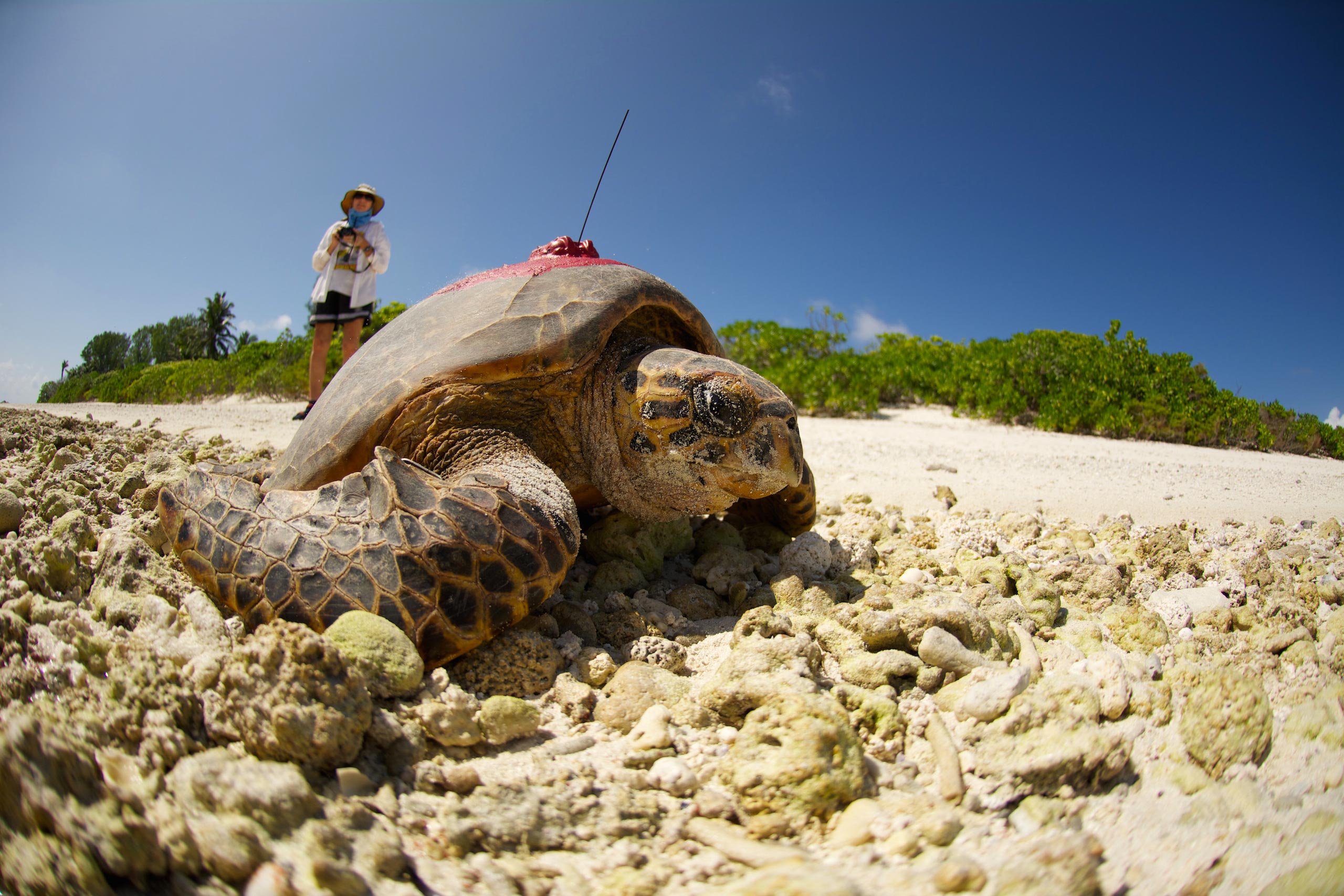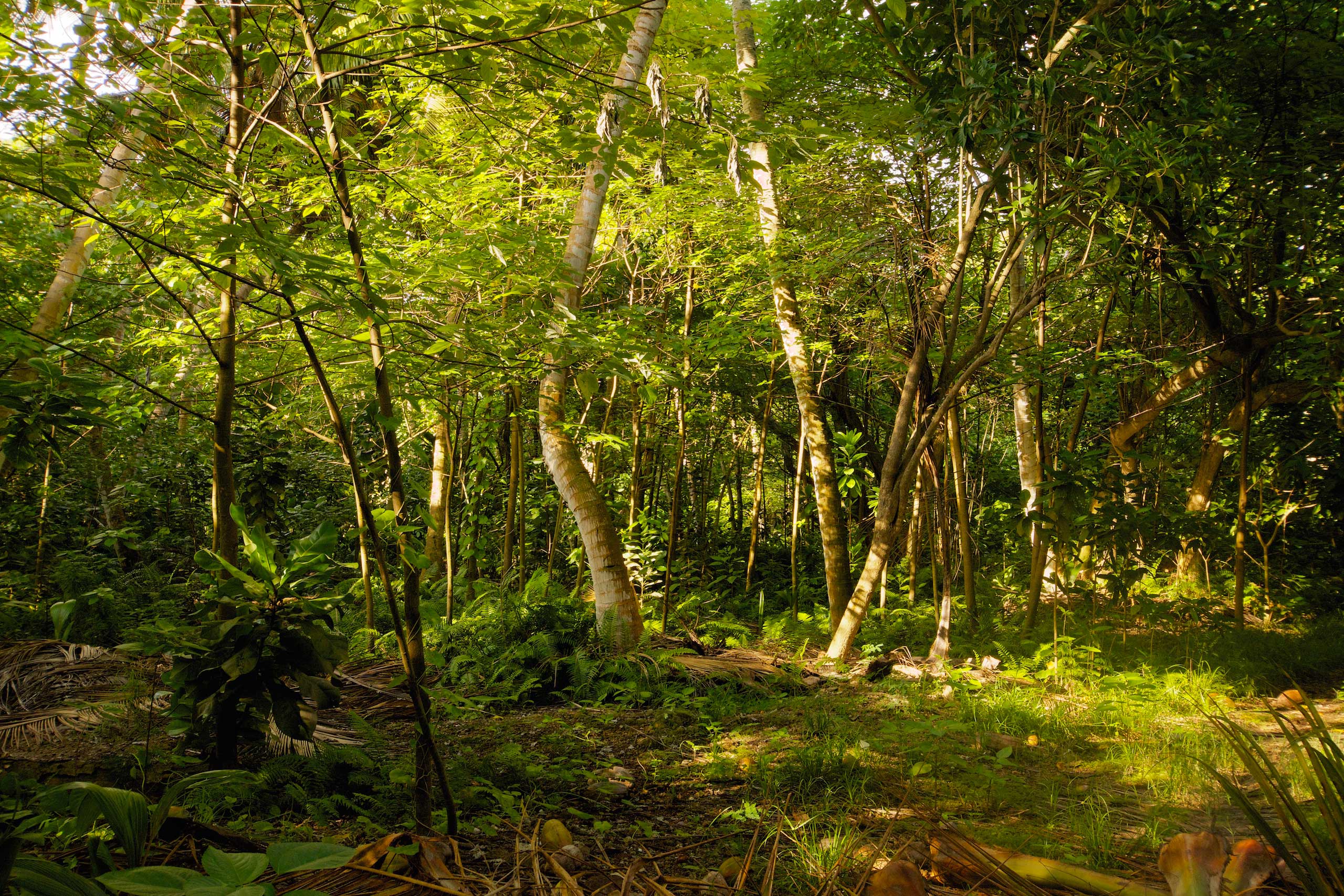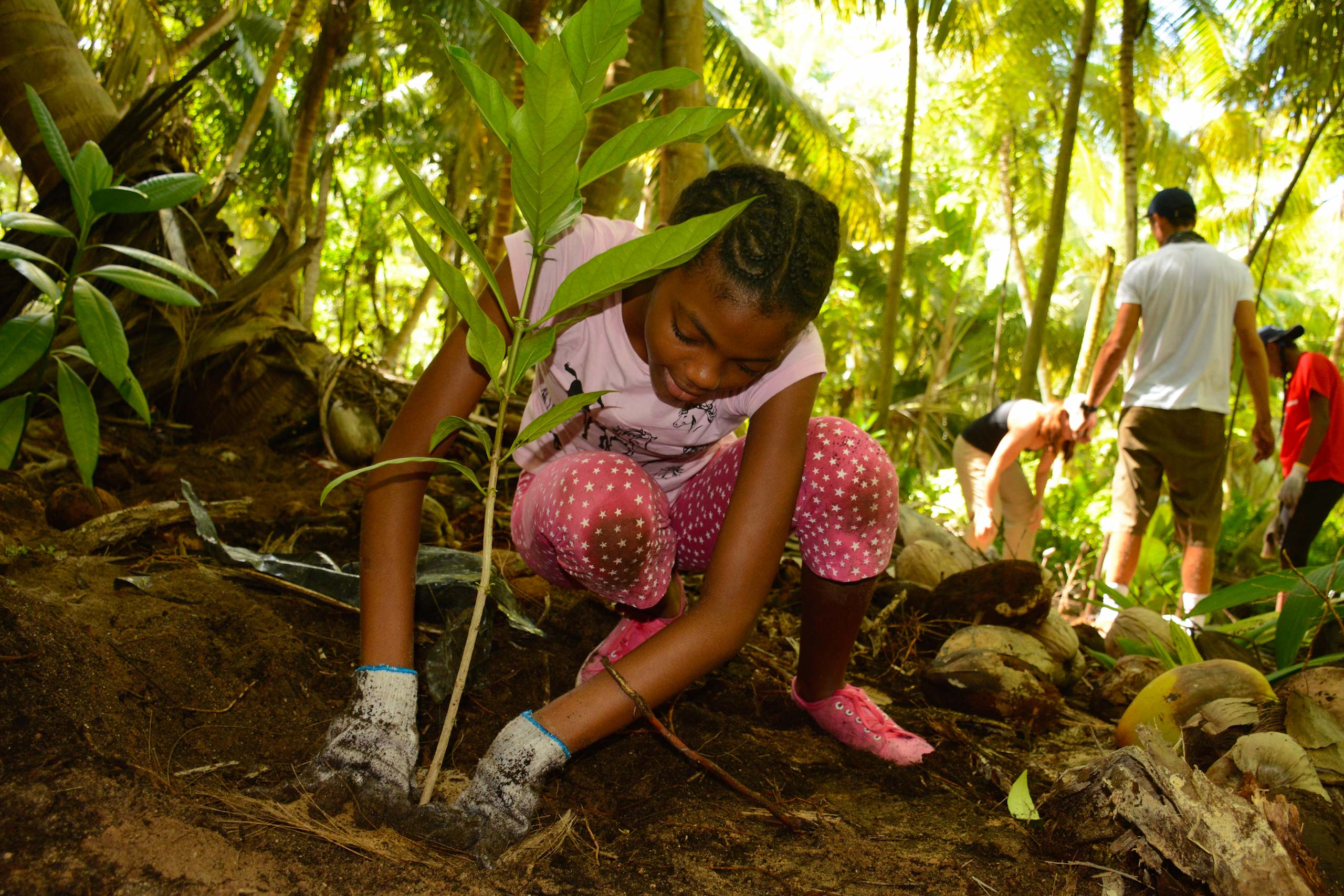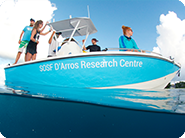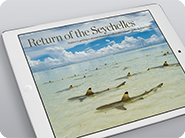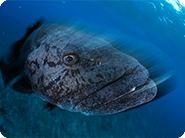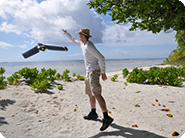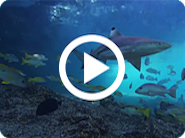The D’Arros and St Joseph Reserve
Photo by Byron Dilkes | Danah DiversThe beautiful coralline islands of D’Arros and St Joseph and the warm waters surrounding them have recently been declared a reserve. Under this protection, these tiny pockets of pristine wilderness will provide a sanctuary for some of the world’s last remaining giant tortoises and healthy communities of sharks, rays and turtles.
About 150 million years ago a massive chunk of land broke free from what is now the African continent and began drifting north. While most of this land mass continued on its passage to Asia and eventually became the Indian subcontinent, thin slivers of it were left in the middle of the Western Indian Ocean, seeding the islands of the Seychelles. More recently, the coralline Outer Islands have formed and together these remote islands and their surrounding ocean systems have evolved into some of the most distinctive natural environments on the planet.
The D’Arros and St Joseph Reserve is located 220 kilometres from the Seychelles’ capital Victoria, on the Amirantes Bank in the country’s remote, low-lying Outer Islands. In contrast to the lush, granitic Inner Islands, the less fertile Outer Islands have remained mostly uninhabited, apart from a few fishermen, guano collectors and coconut plantation workers.
During the past 40 years, private owners have helped to ensure the protection of the D’Arros and St Joseph ecological system. The government of the Seychelles has now endorsed that protection by designating the reserve. The new legislation bans fishing within one kilometre of the islands and prohibits any development on St Joseph Atoll. This protected area will provide a refuge for the complex community of plants and animals that thrive at the islands.
The islands of D’Arros and the St Joseph atoll are surrounded by colourful reefs that swarm with life at every level of the food web. Various shark species – tawny nurse and blacktip, grey and whitetip reef sharks – live there, along with hundreds of green and hawksbill turtles that can be seen gliding above the coral. There are more than 300 fish species of all shapes and sizes, ranging from fluorescent reef fishes to predators like tuna, king fish, snappers and barracuda. Manta rays are present year round, often at a cleaning station 20 metres from the beach, as are eagle rays and different species of stingrays.
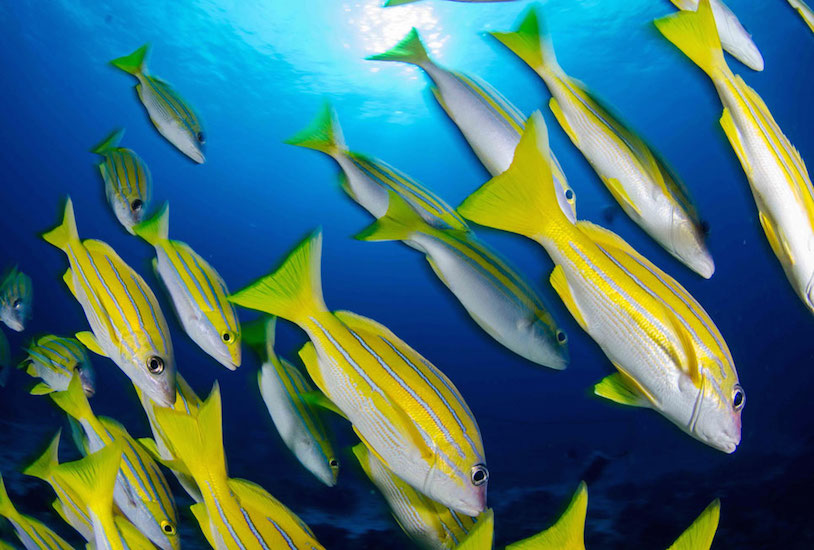
Photo by Dan Beecham | Danah Divers

Photo by Byron Dilkes | Danah Divers
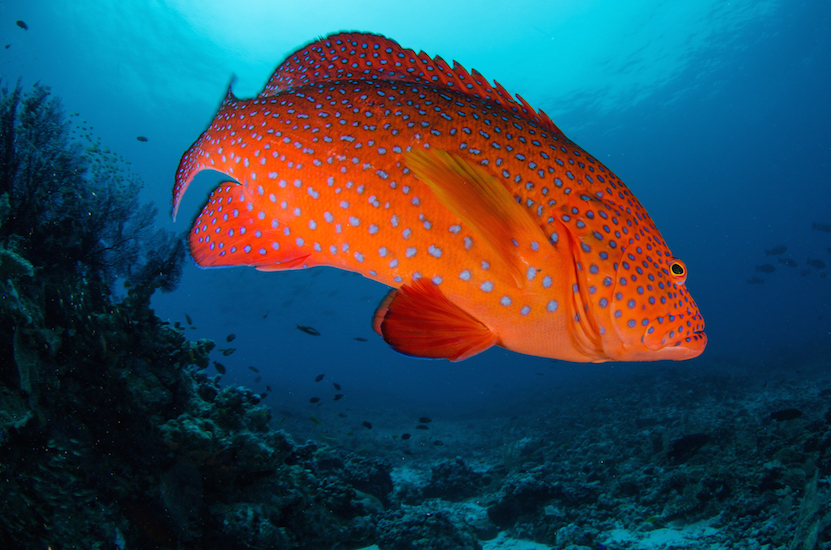
Photo by Byron Dilkes | Danah Divers
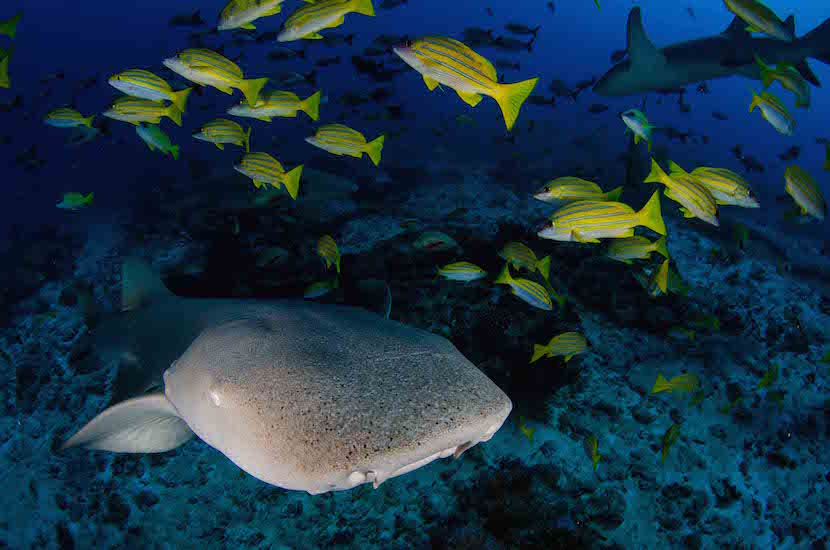
Photo by Byron Dilkes | Danah Divers
Just one kilometre from D’Arros Island lies St Joseph Atoll, whose circle of 12 islands completely enclose a 3.5-kilometre-wide lagoon, fringed by red mangrove forests. The atoll supports hundreds of sicklefin lemon and blacktip reef sharks, as well as thousands of stingrays. This concentration of rays is so great that when moving through the lagoon on foot, visitors must be cautious not to step on them. The nutrient-rich and protective system provides a nurturing environment for young marine animals of every description and makes St Joseph’s lagoon the most important nursery site in the Amirantes.
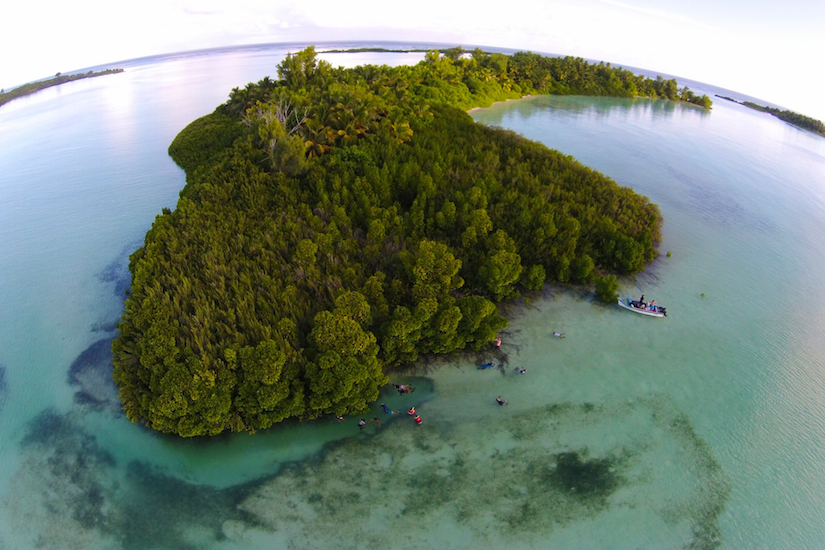
Photo by Rainer von Brandis | © Save Our Seas Foundation

Photo by Byron Dilkes | Danah Divers
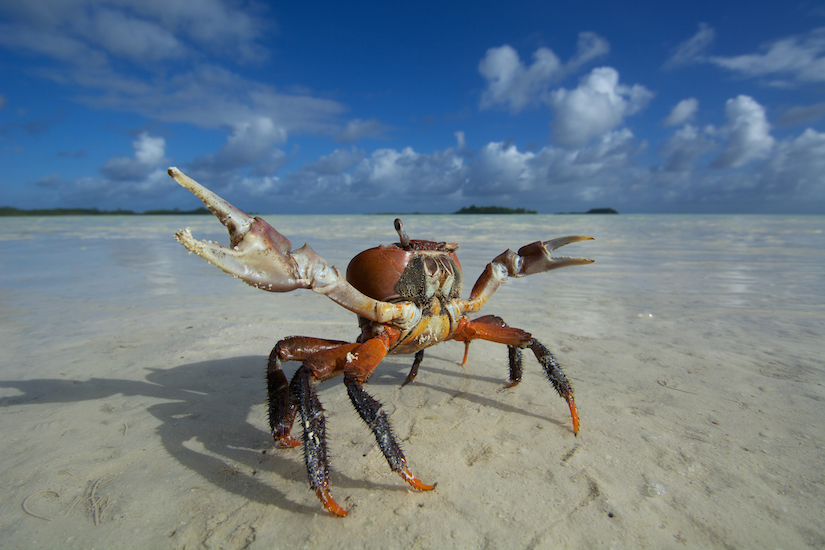
Photo by Rainer von Brandis | © Save Our Seas Foundation

Photo by Christopher Boyes | © Save Our Seas Foundation
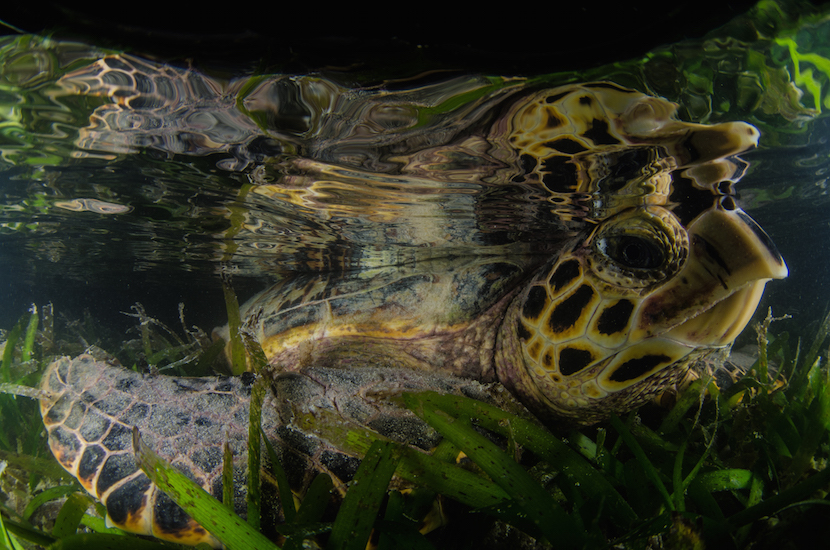
On land, D’Arros and the islands of St Joseph may be small, sandy and flat, but they are home to some of the oldest creatures on the planet: giant Aldabra tortoises. More than 30 of these living dinosaurs can be found lumbering across D’Arros. Despite the fact that much of the indigenous broad-leaf forest that once tangled across the islands was replaced by coconut plantations, numerous terrestrial species have continued to thrive. Geckos and skinks can be found scuttling up tree trunks and through the undergrowth. The higher tree branches provide a roost for more than 1,000 frigate birds and 1,500 lesser noddies. Closer to the ground you will find the second-largest populations of roseate terns and shearwaters in the Seychelles. In all, the reserve provides a home for 30 bird species. This rich birdlife is important for the marine realm as well; the guano produced by seabirds provides essential nutrients for the surrounding ocean food web.
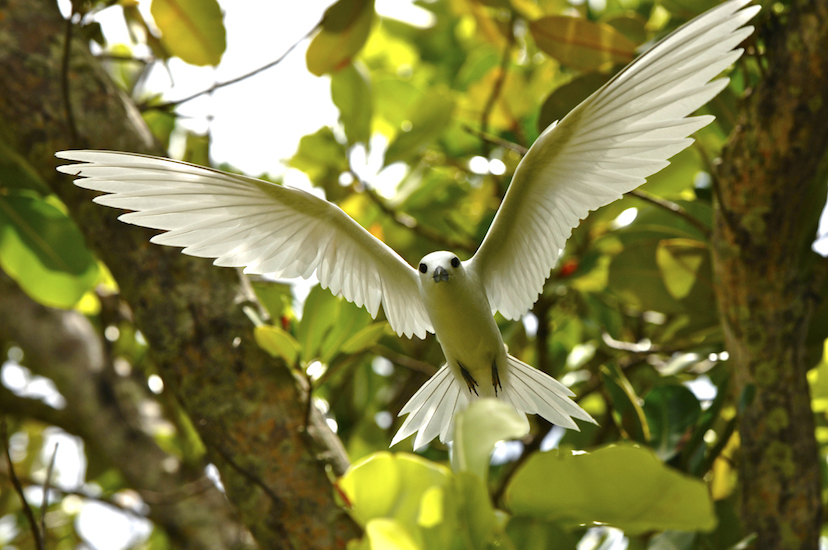
Photo by Dan Beecham | Danah Divers

Photo by Philippa Ehrlich | © Save Our Seas Foundation
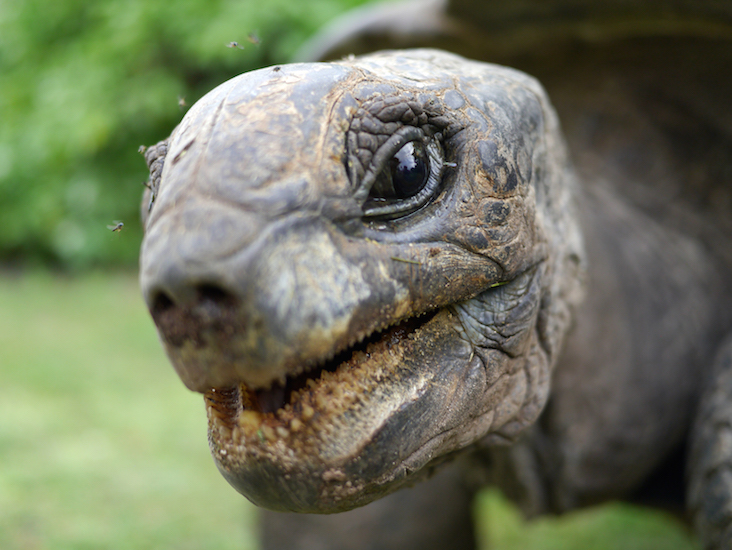
Photo by James Lea | Danah Divers
Protected areas like the D’Arros and St Joseph Reserve can be successful only through careful and informed management. Scientists at the D’Arros Research Centre have been studying the D’Arros and St Joseph ecological system since 2004, and in 2012 the Save Our Seas Foundation (SOSF) took over the management of the facility. Now the SOSF will become the custodian of the D’Arros and St Joseph Reserve. The foundation will work with international scientists, the government, stakeholders and experts in marine protected area management to ensure the success of the reserve.
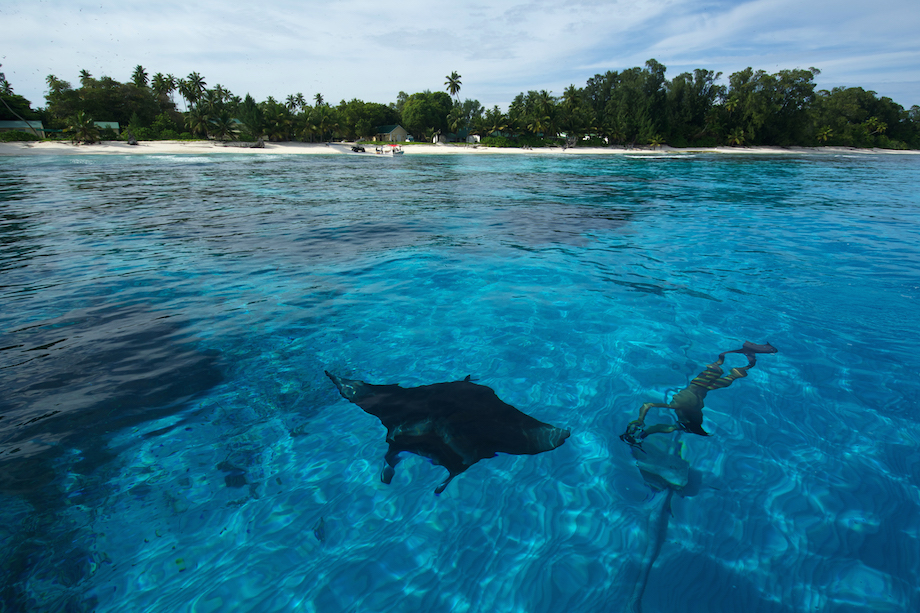
Photo by Rainer von Brandis | © Save Our Seas Foundation
Scientific knowledge is the basis for effective conservation. With the right knowledge, scientists can paint a holistic picture of the complex features that make an ecosystem function. For 10 years, the SOSF–D’Arros Research Centre has been conducting research at D’Arros and St Joseph. The information it has assembled will be vital to guiding management policies for the new reserve, as well as for similar systems in the Western Indian Ocean.
In a world that is moving so fast it is outpacing countless forms of life on land and in our oceans, places like the D’Arros and St Joseph Reserve are increasingly rare, precious and important. Under the skilful protection of agencies like the SOSF and the government of the Seychelles, these tiny pockets of pristine wilderness will continue to provide us with a window into what the earth used to be like – and the creatures we shared it with.
People
-

Dr Rainer Von Brandis
Rainer is the scientific director of the SOSF–D’Arros Research Centre. He has lived on some of the most remote islands in the Western Indian Ocean and first came to D’Arros to study Critically Endangered hawksbill turtles in 2006. His scientific expertise and his knowledge of the island will be invaluable for the success of the reserve.
-
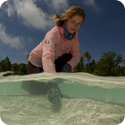
Chantel Elston
Chantel is a Master’s student at the University of Cape Town. Her work at the SOSF–D’Arros Research Centre focuses on the three stingray species that are abundant in St Joseph’s lagoon
-
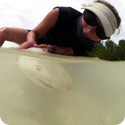
Ornella Weideli
Ornella will be completing her PhD through the École Pratique des Hautes Études (EPHE) and the SOSF–D’Arros Research Centre, focusing on the large populations of blacktip reef and sicklefin lemon shark pups at St Joseph Atoll. Her work will show us how these juveniles are using their habitat and how the two species are able to coexist.
-

Dr Jeanne Mortimer
During the past 30 years, Dr Jeanne Mortimer has become a legend throughout the Seychelles as Madame Torti (Madame Turtle). She has been managing the D’Arros/St Joseph Community Sea Turtle Monitoring Project since 2004.
-

James Lea
James has a deep-seated passion for sharks and feels privileged to manage the shark-tracking programme at the SOSF–D’Arros Research Centre. This work also forms part of James’ PhD, which he is completing part-time at the Marine Biological Association of the United Kingdom and University of Plymouth.
-
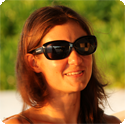
Kerryn Bullock
Kerryn started her career in nature conservation in 2007 in the Kalahari Desert. She earned her Master’s degree, on samango monkeys, in the forests of Magoebaskloof, South Africa. Kerryn came to D’Arros as a forest-rehabilitation volunteer and is now assisting in various aspects of managing the lab.





